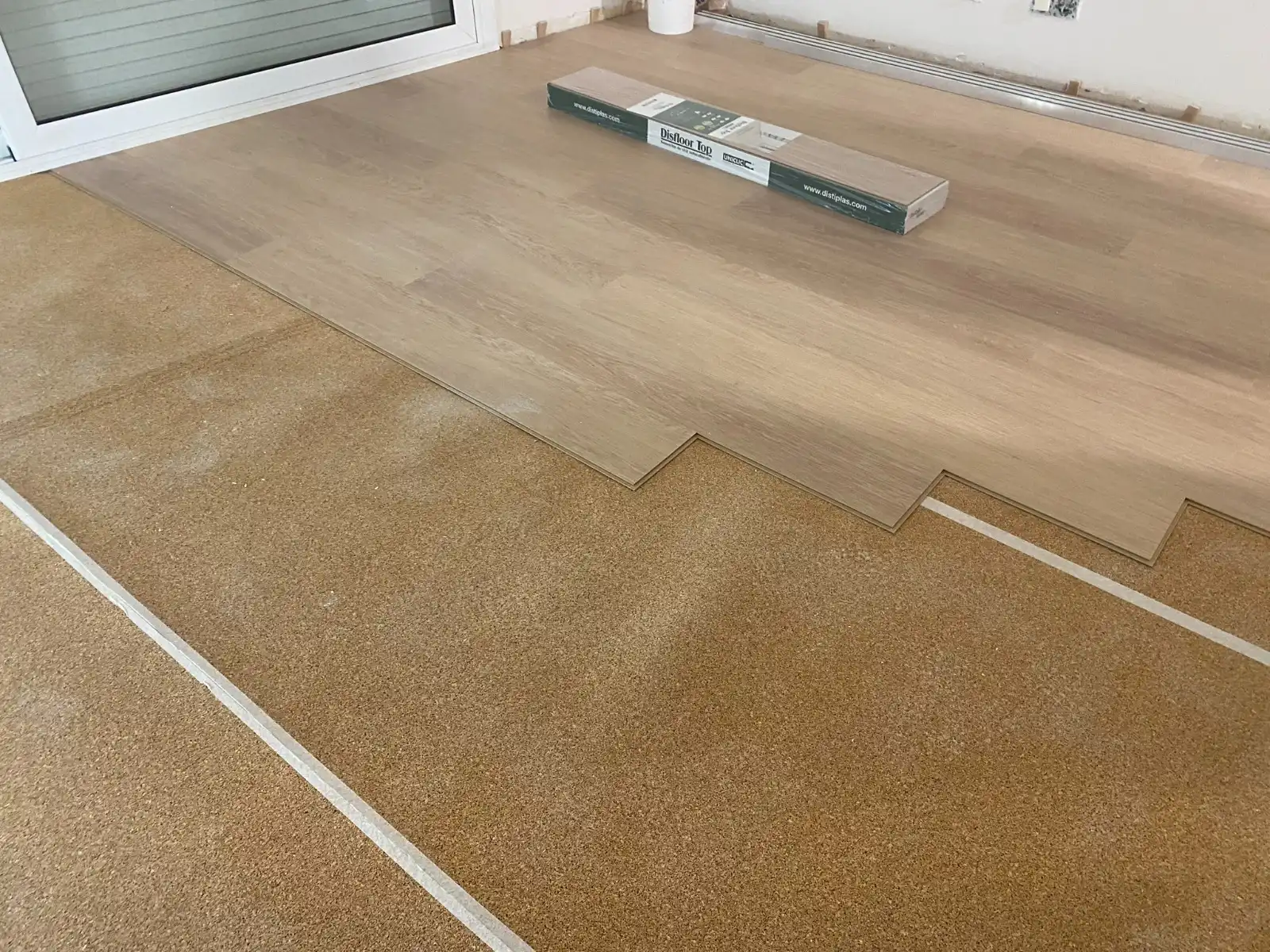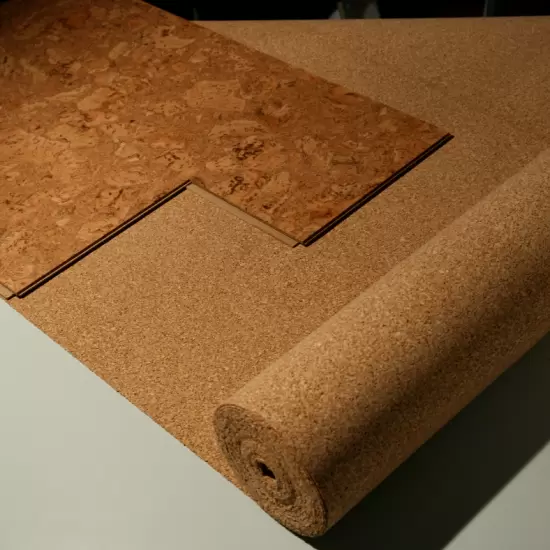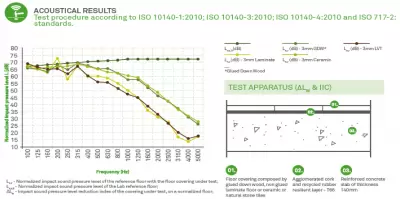In times when fuel prices rise and in inflationary periods like the ones we are experiencing, it is vitally important to use insulating construction materials to maximize the efficiency of our indoor air conditioning systems, both in winter and summer.
Why insulate walls with cork?
Cork is an insulating, durable and eco-friendly material. That is why it has become an excellent option to insulate the walls of the exterior walls of our home, office or building thanks to its ability to resist humidity. But how can you insulate the walls from the cold with cork? What benefits does this material provide? How can it help with humidity?
The properties of cork are multiple and very beneficial for its use in construction. Its ability to resist humidity and cold, its durability and its eco-friendly characteristics make it an excellent option for wall insulation. By using cork to insulate, you are not only improving the energy efficiency of your home, but you are also contributing to a more sustainable environment.

How does cork work as an insulator against the cold?
Cork demonstrates its versatility in decorating practically any room, satisfying the most demanding customers. Thanks to its unique properties, cork can be used anywhere, from the living room to the kitchen, through the bathroom or hallway, where traffic is very high. It can even resist in places as humid and hot as a sauna. Once placed on the wall, you will forget about mold. Fungus and humidity are not a problem either, thanks to the unique cellular structure of cork that regulates the microclimate inside.
How can you insulate interior walls with cork?
The insulation of walls can be given both inside and outside.
In case it is done inside, which is the most common, there are several options. One of them is to install plates with a minimum thickness of 5 mm, with a layer of approximately 3 mm on top of a decorative appearance to cover it, in case the rustic appearance of the insulating layer is not to your liking.

On the other hand, panels can be installed that are not visible between the beams, so there would be no problem with aesthetics.

Finally, another option would be to install the exposed panels, but in this case the rustic appearance of the plates, which are irregular, would remain visible. There is a brown cork version and a black cork version. Both cases can occur in indoor or outdoor installations.

How can cork help with humidity in the walls?
In addition to its ability to insulate from the cold, cork is also a material that is highly resistant to humidity. This is because cork contains suberin, a substance that makes it waterproof and prevents water from seeping through it. For this reason, cork for damp walls can be a very effective solution. By insulating a damp wall using cork, you can prevent moisture from penetrating into the wall and causing long-term damage.
Although it is not only used to isolate walls from humidity, but also in coatings in general, especially to go under parquet, whether wood or natural, to act as a high-performance moisture barrier, even if the thickness is small.
Cork is undoubtedly the quintessential natural insulator that allows heat to be kept inside the home during the winter, helping to insulate the walls from the cold and maintain a pleasant interior temperature, which significantly reduces heating costs.
What other benefits does insulating cork offer?
In addition to being a good insulator from the cold and resistant to humidity, cork also offers other benefits. It is a lightweight material, which makes it easy to install. In addition, it is a very durable material, which can last for many years without deteriorating. And finally, cork is an aesthetically attractive material that can add a touch of warmth and naturalness to any space.










